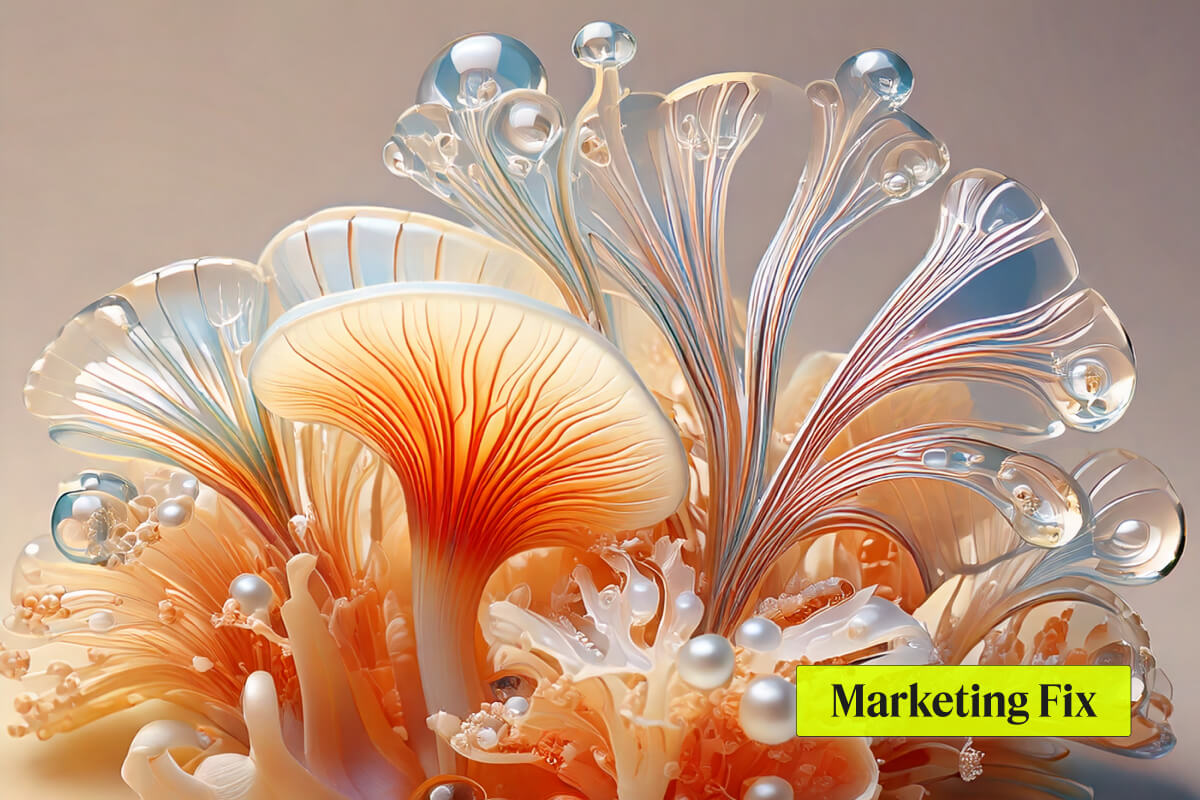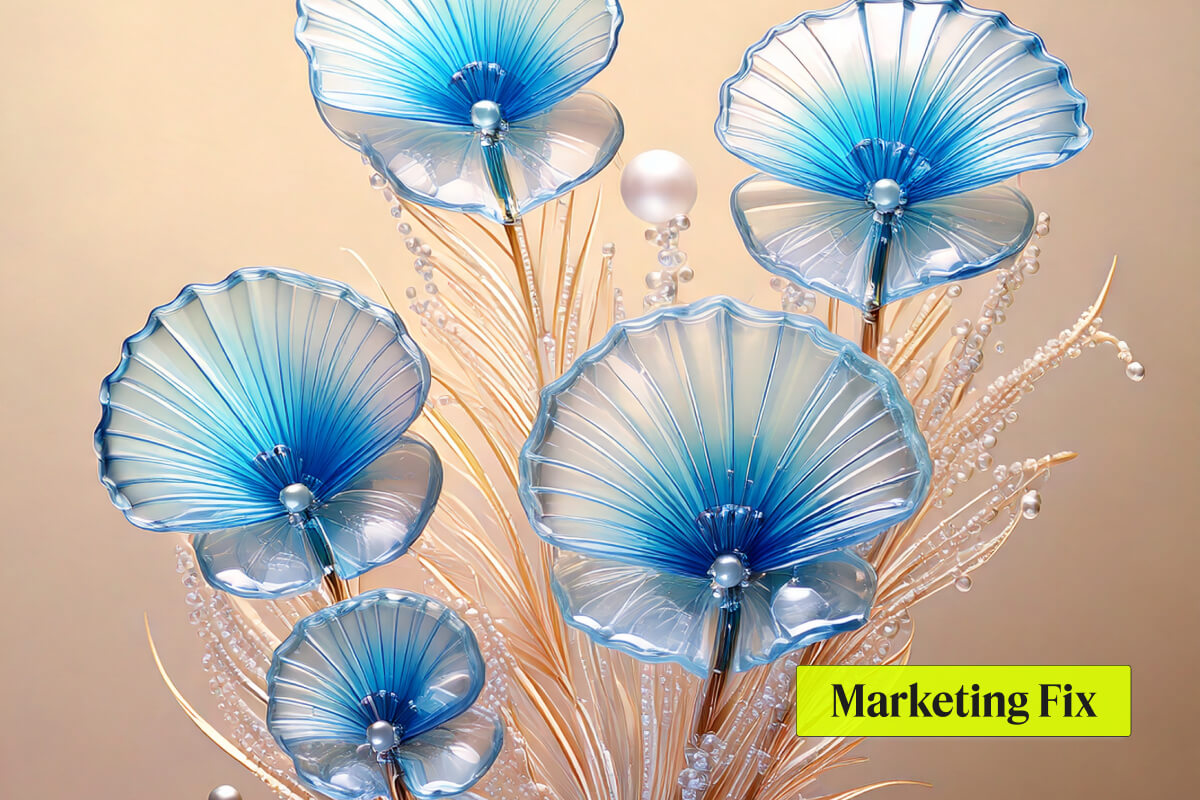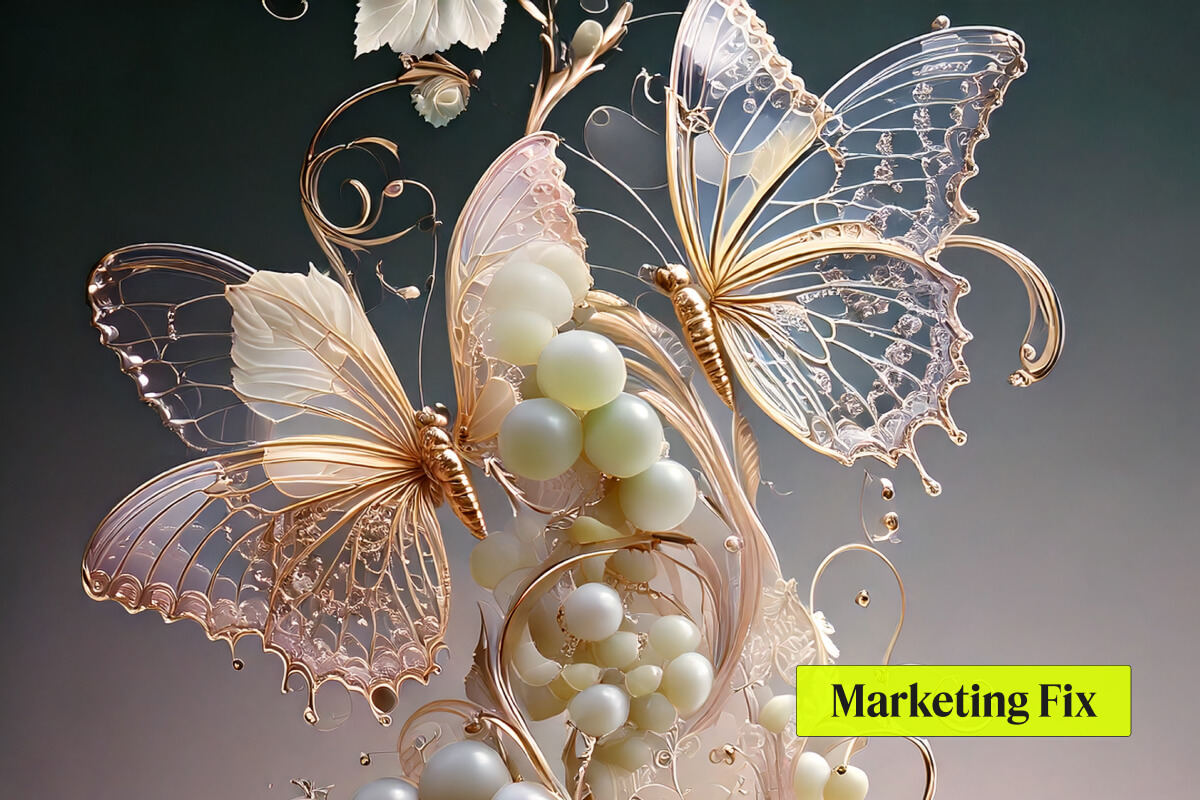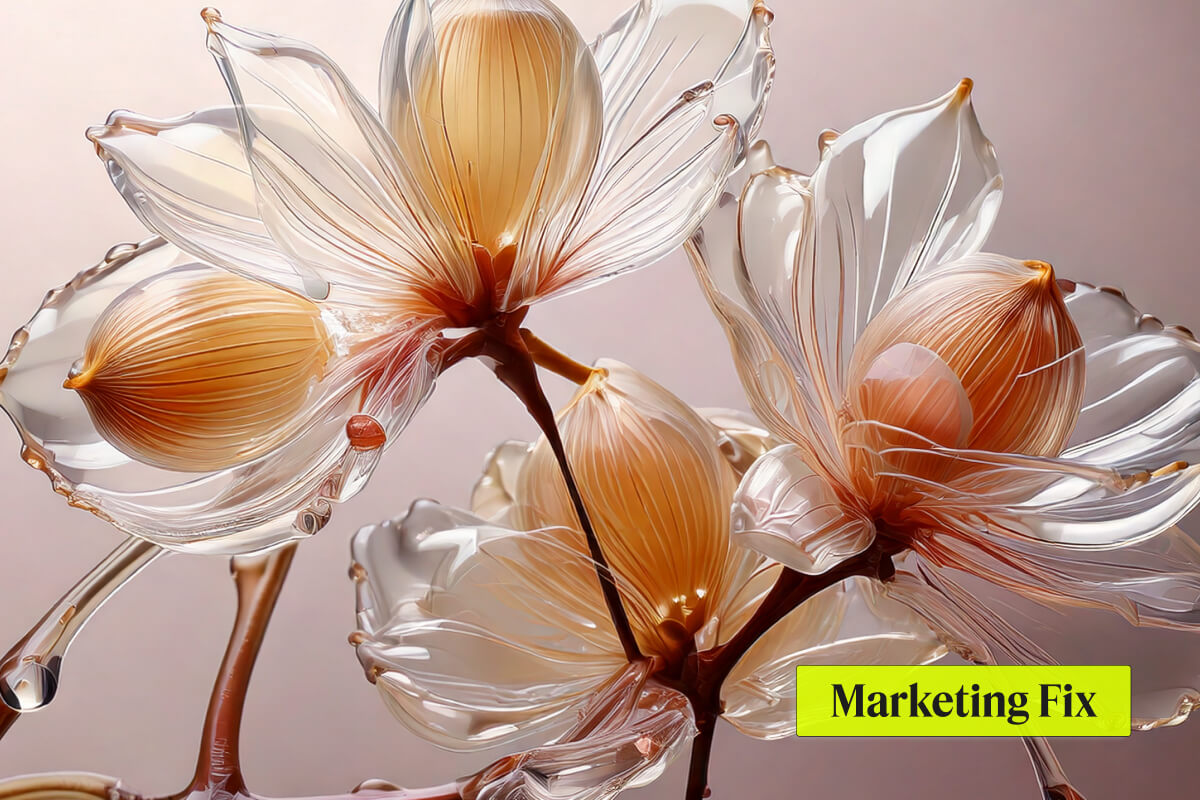Searching for bad examples of LinkedIn ad creatives for my new B2B Ad Creatives course, I ran against the wall.
There were so many good examples.
Part of my bad-examples-draught problem was that I’d been looking up the top B2B brands’ ads directly in the LinkedIn Ad Library.
Once I switched to my own LinkedIn feed, the quality of creatives dropped significantly.
Hurray, there are still plenty of B2B brands making awful mistakes, I thought.
Once my thumb stopped at a LinkedIn ad by LinkedIn itself, I knew I had hit the goldmine.
LinkedIn’s LinkedIn ad mistakes
Take a look at these three ad examples.

Not necessarily awful, you say?
Well, yes. They look like something of a mediocre B2B brand’s ads from 2010.
But if you’ve looked at some excellent LinkedIn ad examples, you can see what I mean.
Not awful is not great.
No good performance marketer would accept a ROAS (return on ad spend) that’s “not awful.”

Adding insult to injury is the fact that Reddit is absolutely killing it with their LinkedIn ads.
Here are some more LinkedIn for Marketing ad creatives that popped up in my LI feed.
Can you tell the mistakes they’re making?

Let’s take a look at some key mistakes – and ensure you will avoid them in your own paid ads game.
My bet is that if LinkedIn’s paid advertising team would fix these 10 mistakes, their ROAs would improve 2x or more.

The first ad creative is in landscape format, meaning it uses up only about 60% of the total available LinkedIn feed real estate.
The colour scheme is faded and boring; it doesn’t convey excitement.
And the in-image text blends into the background; you have to make an effort to read it.

The other two examples are slightly better.
However, now they’re missing a call-to-action button.
And there is no illustration of the product or the benefit.
There are too many colours for a single ad creative: dark grey, light green, vintage green, three different blues, and white.

Batch two.
In addition to ad design issues, you can also recognise some copywriting mistakes: weak value proposition and abstract propositions (“shape perceptions”), no social or number-led proof in in-image or ad text.
Speaking of design problems, you shouldn’t be using stock photos in your paid ad creatives.
Especially in 2025 when it’s incredibly easy to create unique illustrations and images with a little help from AI image generation tools.
I always recommend to my B2B clients not to use stock photos – or images of people in general – on their landing pages and paid ad creatives.
Why?
Whichever picture you select, even if you do make an attempt at diversity, will only be relatable to 5% of all people who see it.
For example, even the diversity-positive pictures in Stocksy – my go-to photo gallery for high-quality pictures – represent a minuscule part of society.
I, as a marketing strategist working with brands with glossy offices, should relate to the people in these photos. It is likely that so should you – a fellow marketer.
But these people are not like me: they recall a generic Netflix office series, not a realistic day-to-day office life.
So what visuals should you use instead of stock images?
To find out, join my B2B ad creatives course here.

But before, copy and save the list of 10 LinkedIn ad creatives mistakes to save your own team from making these blunders.
10 LinkedIn ad creative mistakes to avoid
Don’t make these obvious mistakes:
- Boring ad image layout
- Missing call-to-action button
- No illustration of product or benefit
- Eclectic colour scheme
- Generic stock photos
- Overcrowding ad image with text
- Impractical information overload
- Hidden or missing value proposition
- Tiny product screenshots
- No bold headline in ad image
Thanks for reading!
This article first appeared in the Marketing Fix newsletter.
Join 15,000+ strategic marketers who get bi-weekly secret-sauce growth strategies, free templates, and growth hacks that I’ve learned by consulting 50+ tech and consumer brands.
For more trendy and practical paid advertising advice, subscribe to some of these top marketing newsletters.







